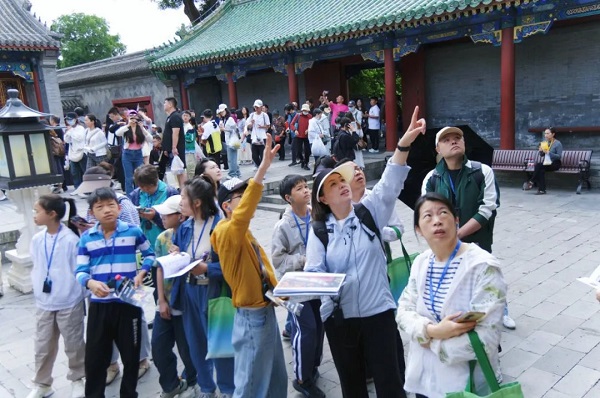
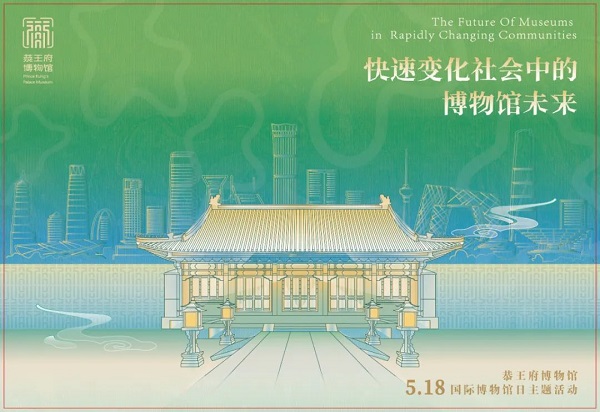
To celebrate International Museum Day 2025, themed "The Future of Museums in Rapidly Changing Communities", Prince Kung's Palace Museum drew on its rich historical and cultural heritage to design three innovative public education programs.
Artistic Innovation: Prince Kung's Palace on the Möbius Loop – Present and Future
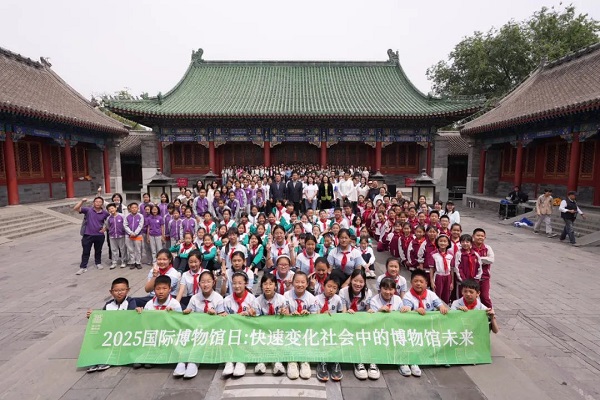
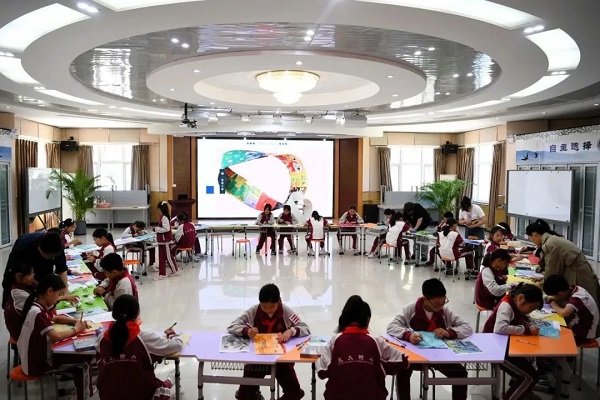
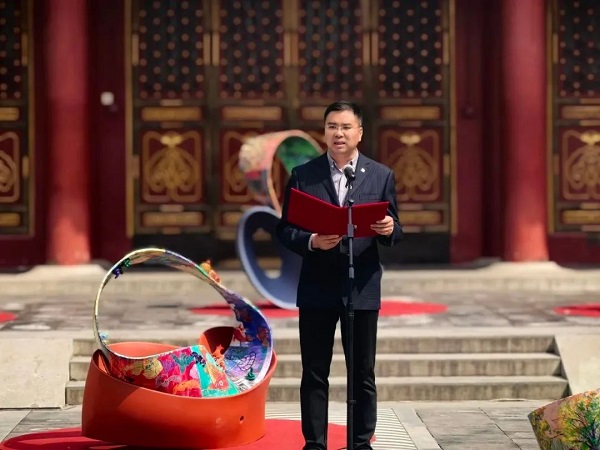
In collaboration with Beijing Student's Golden Sail Academy of Painting and Calligraphy, the museum initiated a themed creative art program in April. Almost 200 students and teachers from five Beijing schools participated, creating imaginative artworks themed on elements such as the palace's architecture, garden, collections, fu (blessing) culture and auspicious motifs, and integrating them into the Möbius loop — a symbol of continuity and eternity. On May 12, student representatives visited the museum to present their works, transforming cultural heritage into vibrant, contemporary expression.

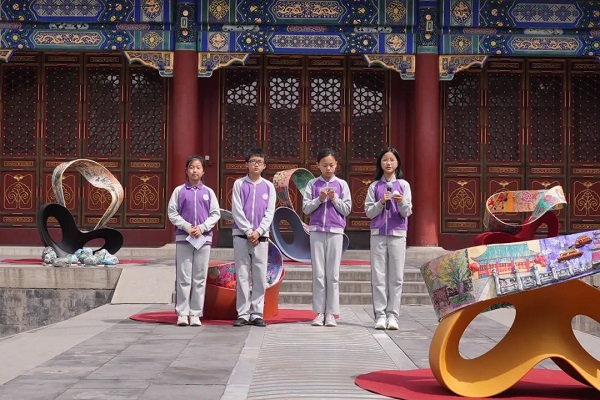
Culture Benefits All: Touching History and Inclusion without Boundaries
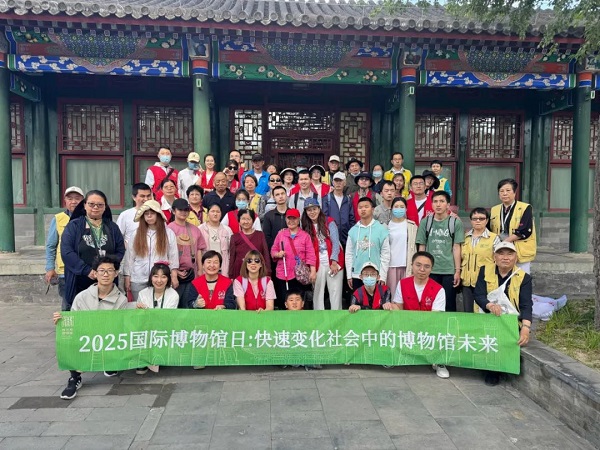
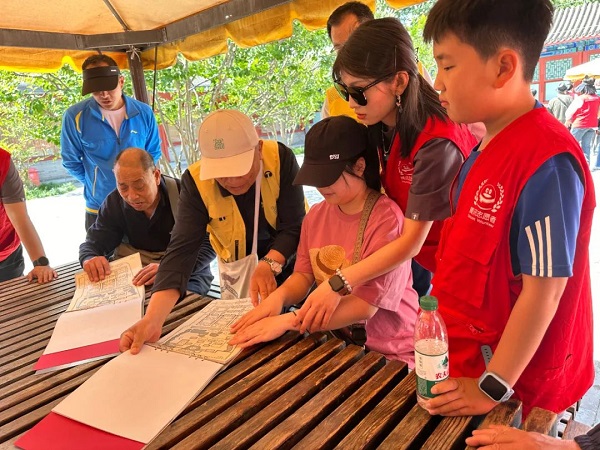
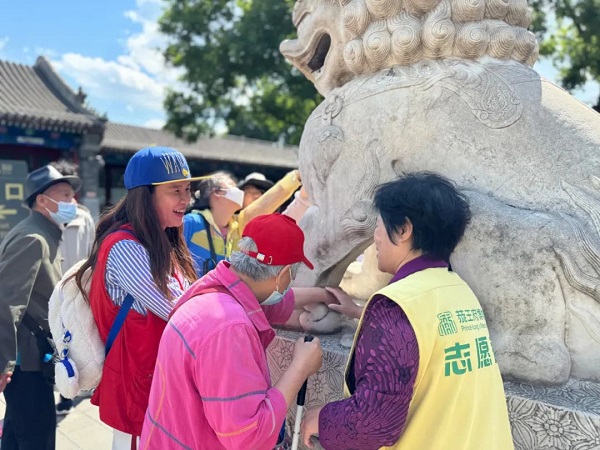
On May 17, ahead of China's National Day for Assisting Persons with Disabilities, the museum hosted a specially tailored tour for 20 visually impaired participants from Beijing Hongdandan Education & Culture Communication Center. They experienced the palace through touch and sound, guided one-on-one by trained volunteers. Besides tactile exploration of stone lions, doornails and rockeries, they learned about the palace's layout and decorative details assisted by the museum's Braille guidebook. It was an inclusive and immersive journey into a 200-year legacy.
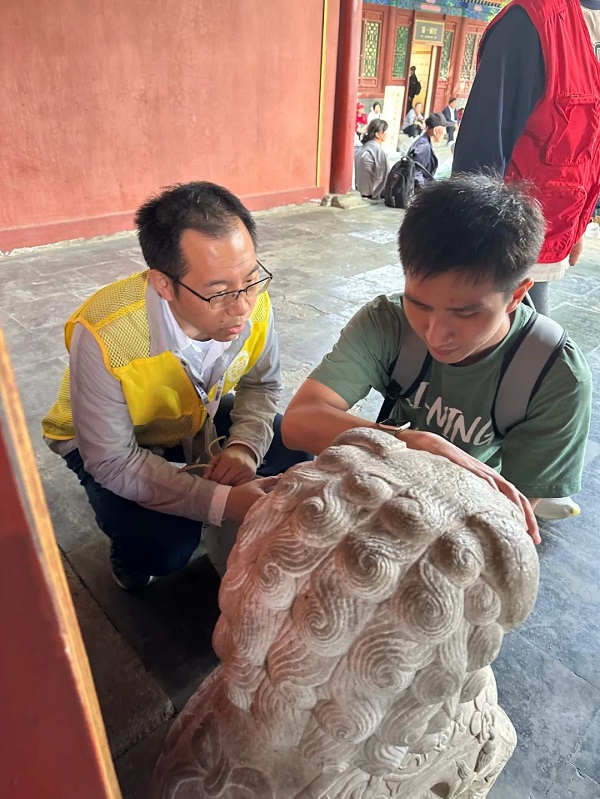
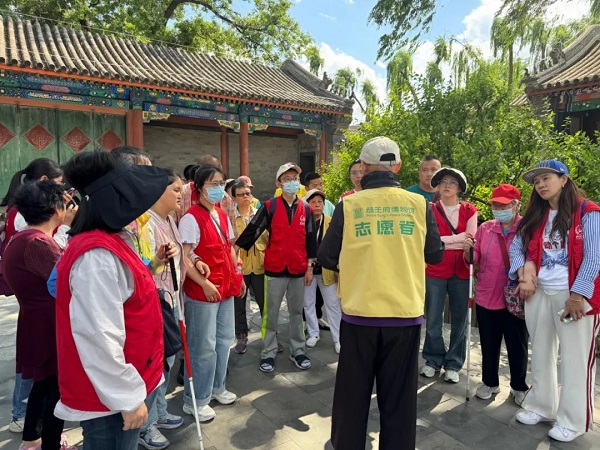
Intangible Heritage: Craftsmanship in the Palace & Experiencing "Eight Trades"
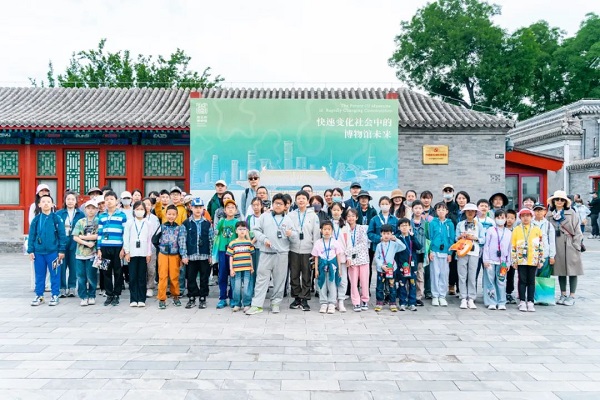
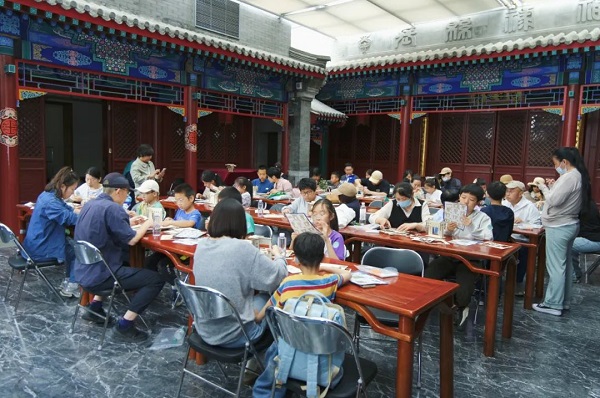
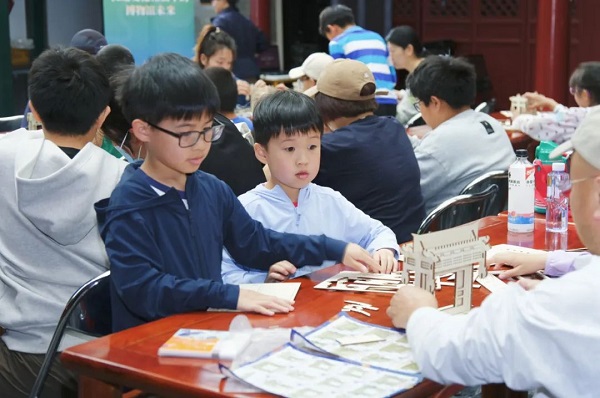
On May 18, the museum hosted 100 children and parents from the Shichahai neighborhood to explore the legacy of traditional Qing Dynasty (1644-1911) princely residence craftsmanship. With expert lectures, treasure hunts and hands-on workshops, families learned about the "Eight Trades" involved in palace construction. Children assembled wooden components of the festooned gate and created polychrome decorative paintings, gaining a deeper appreciation of traditional Chinese architectural craft through playful, educational activities.
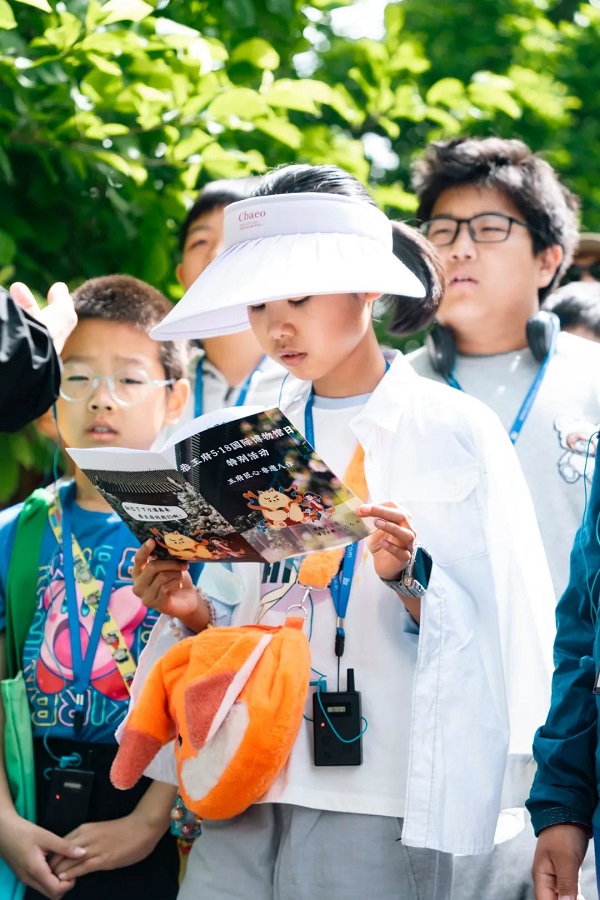
These initiatives reflect Prince Kung's Palace Museum's dedication to expanding its role as a living cultural space — where the past meets the future. The museum remains committed to integrating cultural education with public service and community engagement, offering diverse audiences new ways to connect with Chinese heritage.
